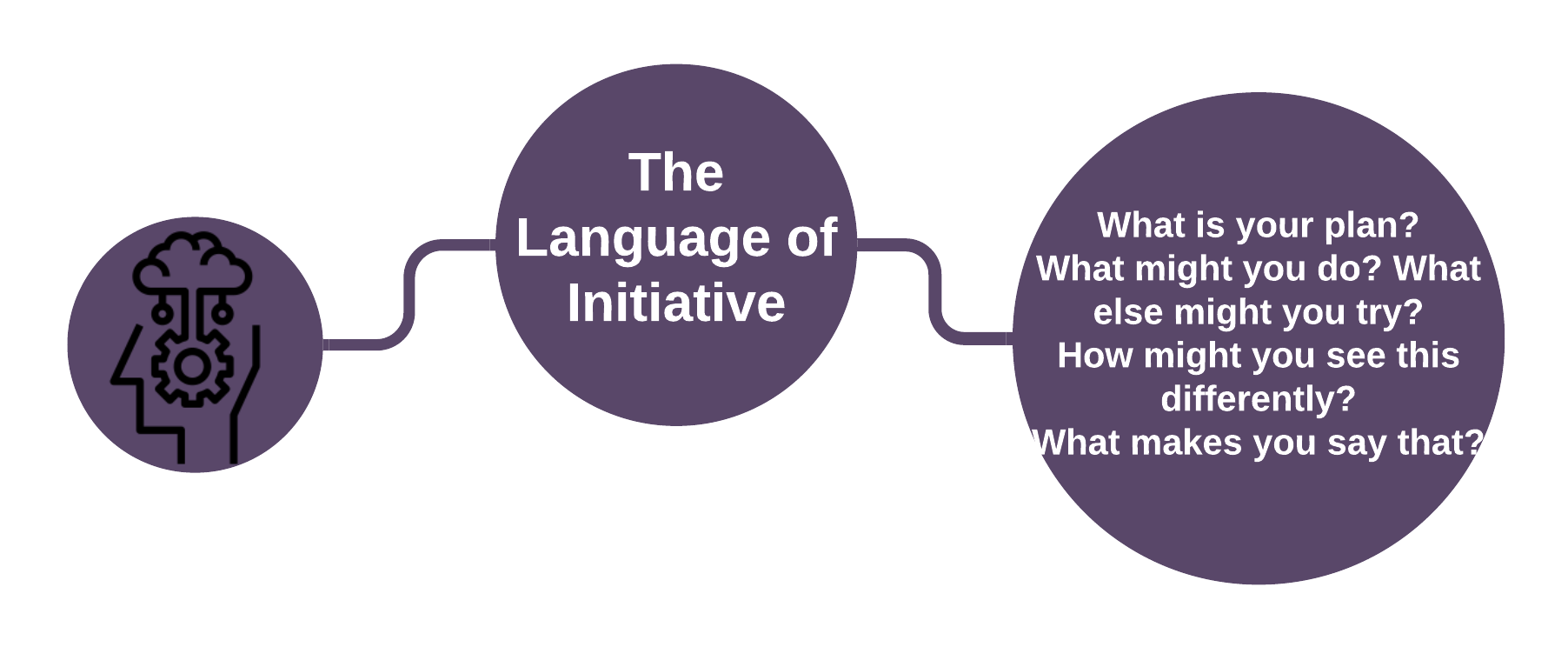Why might it be that our students struggle with independence? Maybe it comes from the language moves we make. As with the language of thinking, being deliberate with our choices can help us to create a classroom culture where students demonstrate independence and initiative.
Imagine a classic classroom scenario. A conversation in which a teacher and student are discussing a problem or challenge. The student is struggling to see a path forward with their learning. The challenge posed is achievable but will require their best thinking. If the student thinks the problem through they will be able to find a way to strive towards a solution but at this point they are not quite there. What does the teacher do in this scenario?
The easy path is to be the saviour and offer a solution. Maybe it is just a first step. Maybe the response offered is a reframing or simplification of the challenge. The result is the same, the student is rescued and the teacher is the hero of the day. The student gets back to their work.
When we rescue our students from challenging learning we deny them the opportunity to develop their independence. We transform an opportunity that required them to demonstrate and build resilience to struggle and reinforce dependence. By simplifying the learning opportunity we had planned for our students to a mere process of following the teacher described steps we transform learning into work. We do these things by the choices we make and through the language that we use.
How might we respond differently in this scenario?
The language of initiative might help. Our goal here is to encourage independence and agency. Our language choices should be prompts for thinking and the development of action theories. Instead of offering a solution or describing the steps to be taken we deploy language moves that encourage the student to analyse what they know and use this to develop a strategy.
A key aspect of initiative, or what researchers in sociology and psychology sometimes refer to as "agency", is the ability to make choices and direct activity based on one's own resourcefulness and enterprise. This entails thinking about the world not as something that unfolds seperate and apart from us but as a field of action that we can potentially direct and influence. (Ron Ritchhart - Creating Cultures of Thinking)
When we ask students to describe what they are thinking about a problem or challenge, we begin to encourage initiative. We step back from the role of the rescuer and move into a place where dialogue creates space in which the student might develop insights of their own. Maybe we ask "What do you think is going on with this problem?" or "What have you noticed about this?" We then listen. We wait. We create time for thinking. We follow this up with questions like "What have you already tried?" or "What might you try?". Our language reveals our belief that the solution will come out of the thinking and actions taken by the learner. We continue to listen and we encourage actions and ongoing reflection. "How did you plan go?" - "What worked?" - "What didn't work?" - "What might you try next?" - What makes you think that?" - This pattern of questioning is facilitative and supportive of learner agency. It helps the learner move forward in their learning but does not shift the heavy thinking off their shoulders.
Ron Ritchhart suggests we ask ourselves a question to help us identify whether we are encouraging initiative or rescuing our students; "Who is doing the thinking?" If the answer is us, the teacher, then we probably will want to change our approach and our language to encourage initiative.
You can read more about the Language of Initiative in “Creating Cultures of Thinking” by Ron Ritchhart
By Nigel Coutts
Ritchhart, R. (2015) Creating cultures of thinking: The eight forces we must truly master to transform our schools. SanFrancisco: Josey-Bass

